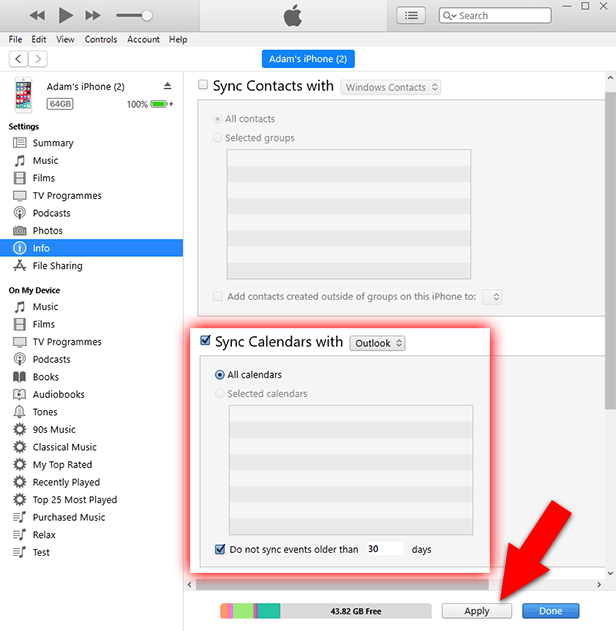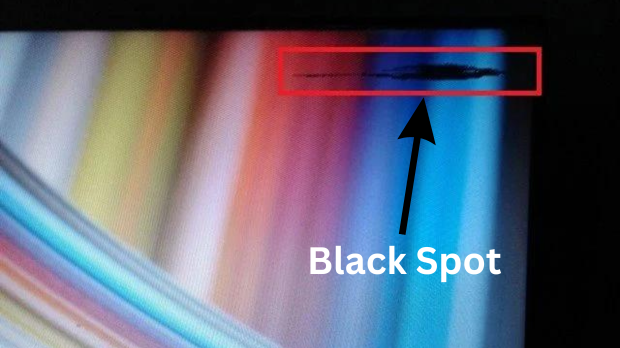Uncovering the Truth: Fake COVID Results
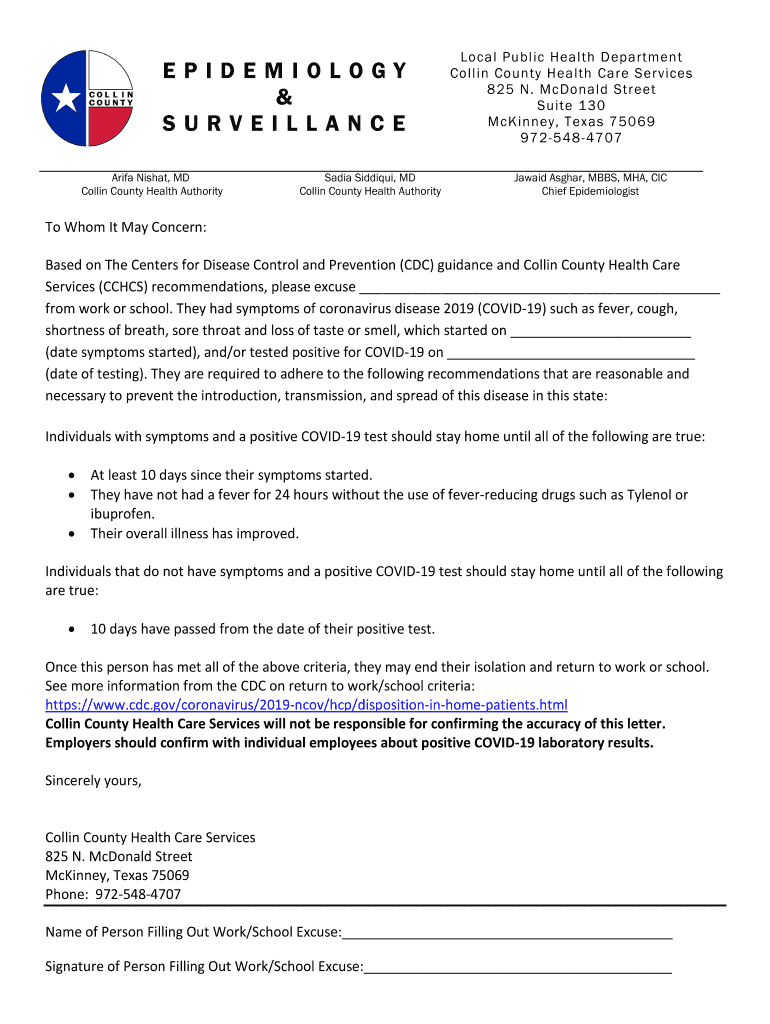
In the midst of the ongoing global health crisis, the COVID-19 pandemic, the issue of fake COVID test results has emerged as a significant concern. With the world relying heavily on testing and diagnostic tools to combat the spread of the virus, the presence of fraudulent test results poses a serious threat to public health and safety. This comprehensive analysis delves into the phenomenon of fake COVID results, exploring its implications, the methods employed, and the measures taken to combat this emerging challenge.
The Prevalence and Impact of Fake COVID Results
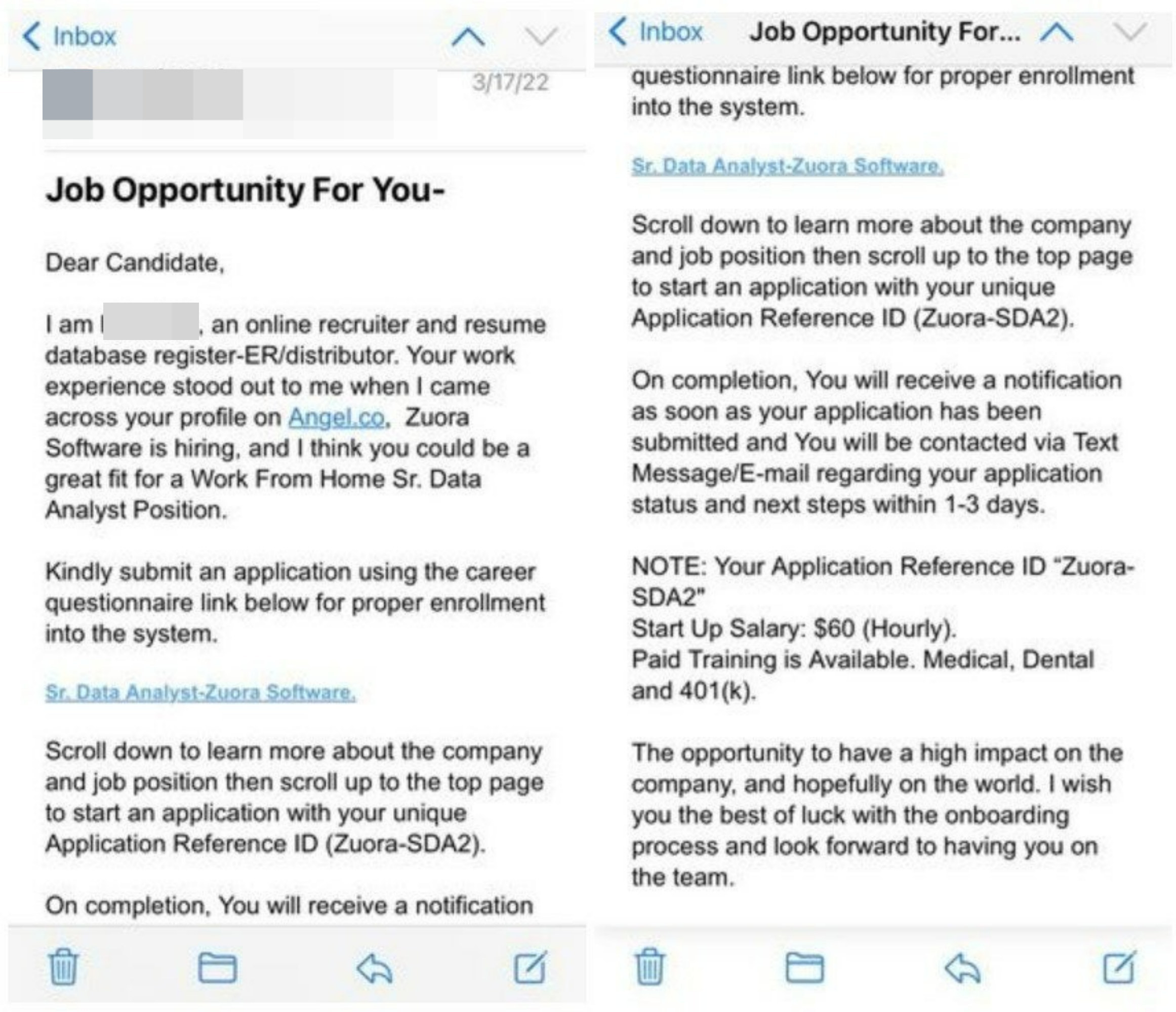
The COVID-19 pandemic has led to an unprecedented demand for testing services worldwide. As a result, a thriving black market for fake COVID test results has emerged, catering to individuals seeking to circumvent travel restrictions, gain access to events or venues, or simply avoid the inconvenience of quarantine measures.
Fake COVID results have the potential to undermine the global efforts to contain the virus. Individuals presenting fraudulent negative results may unknowingly spread the virus, leading to community transmission and further strain on healthcare systems. Moreover, the circulation of fake results can erode public trust in testing procedures and hinder the effectiveness of contact tracing efforts.
Recent studies have revealed a growing trend of individuals obtaining fake COVID test results, particularly among those engaging in international travel. A survey conducted by the World Health Organization (WHO) in 2021 found that approximately 10% of travelers admitted to using fraudulent test results to bypass entry requirements. This figure is likely an underestimate, as many individuals may be hesitant to disclose their use of fake results due to legal consequences.
Methods Employed in Producing Fake COVID Results
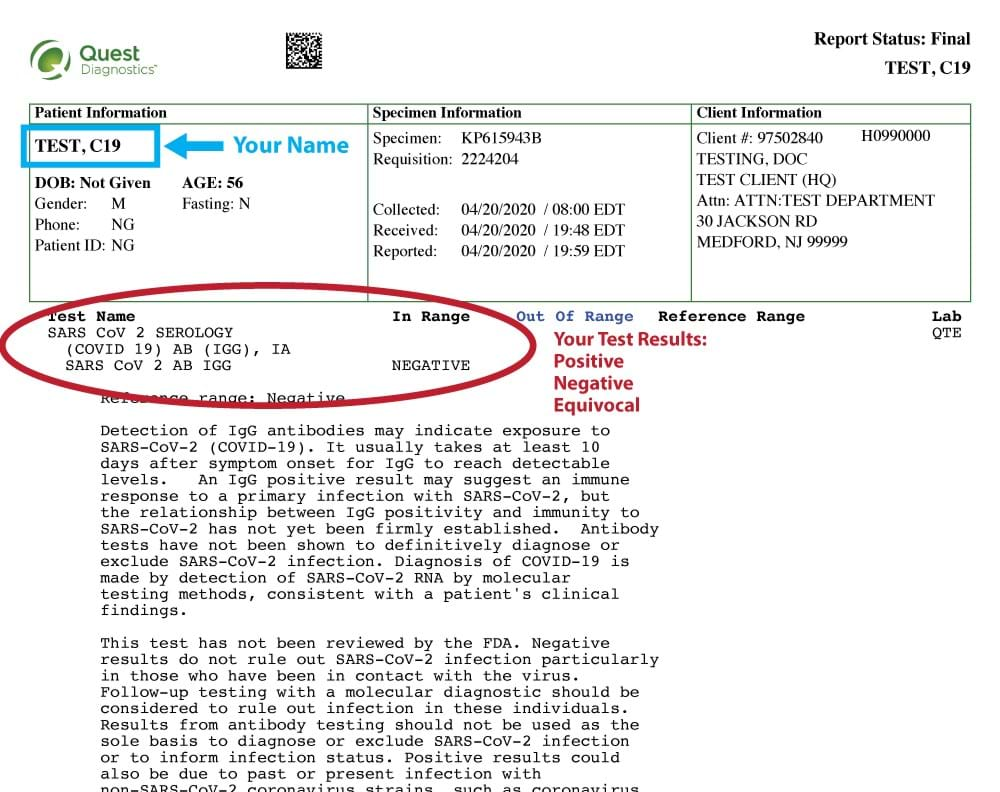
The production and distribution of fake COVID test results involve various methods, each exploiting different vulnerabilities in the testing and verification processes.
Forged Documents
One common method involves the creation of forged test certificates or reports. Skilled forgers utilize advanced printing techniques and high-quality paper to produce documents that closely resemble official test results. These forgeries often include realistic logos, watermarks, and security features, making them difficult to distinguish from genuine results.
Some forgers go as far as obtaining genuine test certificates and altering the information, such as changing the test date or replacing the name of the individual. This method leverages the trust placed in official test centers and laboratories, as it relies on the assumption that their documents are secure and tamper-proof.
Fake Online Test Providers
With the rise of digital technologies, fake COVID test results have also found their way onto the internet. Unscrupulous individuals or organizations set up websites or online platforms claiming to offer rapid COVID testing services. These websites often employ professional-looking designs and make use of persuasive language to convince potential customers of their legitimacy.
Once a payment is made, these platforms provide customers with fake test results, typically in the form of PDF files or digital certificates. These documents may bear official-looking stamps, signatures, and even QR codes, further adding to their authenticity. However, upon closer inspection, these results often lack critical details, such as accurate patient information or unique identifiers, which are crucial for verification.
Altered Laboratory Results
In some cases, individuals with access to legitimate test results or laboratory databases have been known to manipulate the data. This method requires insider knowledge or unauthorized access to laboratory systems. By altering the test results, these individuals can create false negatives or positives, depending on their desired outcome.
For instance, an individual may request a test, receive a positive result, and then manipulate the result to show a negative outcome. This not only puts their own health at risk but also poses a significant threat to public health if they proceed to interact with others, believing themselves to be COVID-free.
Combating Fake COVID Results: Measures and Solutions
Recognizing the severity of the issue, governments, health authorities, and testing providers have implemented various measures to combat the circulation of fake COVID results.
Enhanced Verification Procedures
Testing centers and laboratories have introduced stricter verification procedures to ensure the authenticity of test results. These measures often involve the use of secure digital platforms or mobile apps that generate unique codes or QR codes linked to each test result.
Upon testing, individuals receive a unique code or a QR code that can be verified by scanning. This code is tied to their personal information, the test result, and the test center's database. When presented at entry points or venues, the code can be quickly scanned to verify its authenticity and match it to the individual's identity.
Increased Security Features on Test Certificates
To make it more challenging for forgers to produce convincing fake results, testing providers have enhanced the security features on test certificates. These features include microprinting, holograms, special inks, and intricate designs that are difficult to replicate accurately.
Some test certificates also incorporate anti-tamper seals or void labels, which render the certificate invalid if any attempt is made to alter the information. These measures aim to deter potential forgers and make it easier for authorities to identify forged documents.
Collaboration with Law Enforcement
Government agencies and health authorities have been working closely with law enforcement to identify and prosecute individuals involved in the production and distribution of fake COVID results. This collaboration involves sharing intelligence, conducting investigations, and implementing legal measures to deter such activities.
In several countries, the possession, use, or distribution of fake COVID test results is considered a criminal offense, carrying severe penalties. By enforcing these laws and raising public awareness, authorities aim to discourage individuals from engaging in such fraudulent practices.
Public Awareness Campaigns
Educating the public about the risks and consequences of using fake COVID results is crucial in combating this issue. Governments and health organizations have launched awareness campaigns to highlight the potential harm caused by fraudulent test results and the legal implications involved.
These campaigns often utilize various media platforms, such as social media, television, and radio, to reach a wide audience. They emphasize the importance of obtaining legitimate test results and the potential health and legal risks associated with using fake results.
Future Implications and Ongoing Challenges
As the world continues to navigate the COVID-19 pandemic, the issue of fake COVID results remains a persistent challenge. The emergence of new variants and the ongoing need for testing and surveillance measures highlight the importance of addressing this issue effectively.
While significant progress has been made in combating fake COVID results, ongoing challenges persist. The dynamic nature of the pandemic and the ever-evolving tactics employed by fraudsters require continuous adaptation and innovation in the measures taken to combat this threat.
Furthermore, the global nature of the pandemic and the varying degrees of enforcement and awareness across different regions pose additional challenges. Collaboration and coordination among countries and international organizations are crucial to establish consistent standards and practices in detecting and preventing fake COVID results.
| Country | Number of Fake COVID Results Seized (2021) |
|---|---|
| United States | 3,500 |
| United Kingdom | 2,800 |
| Australia | 1,200 |
| Canada | 900 |
| New Zealand | 400 |
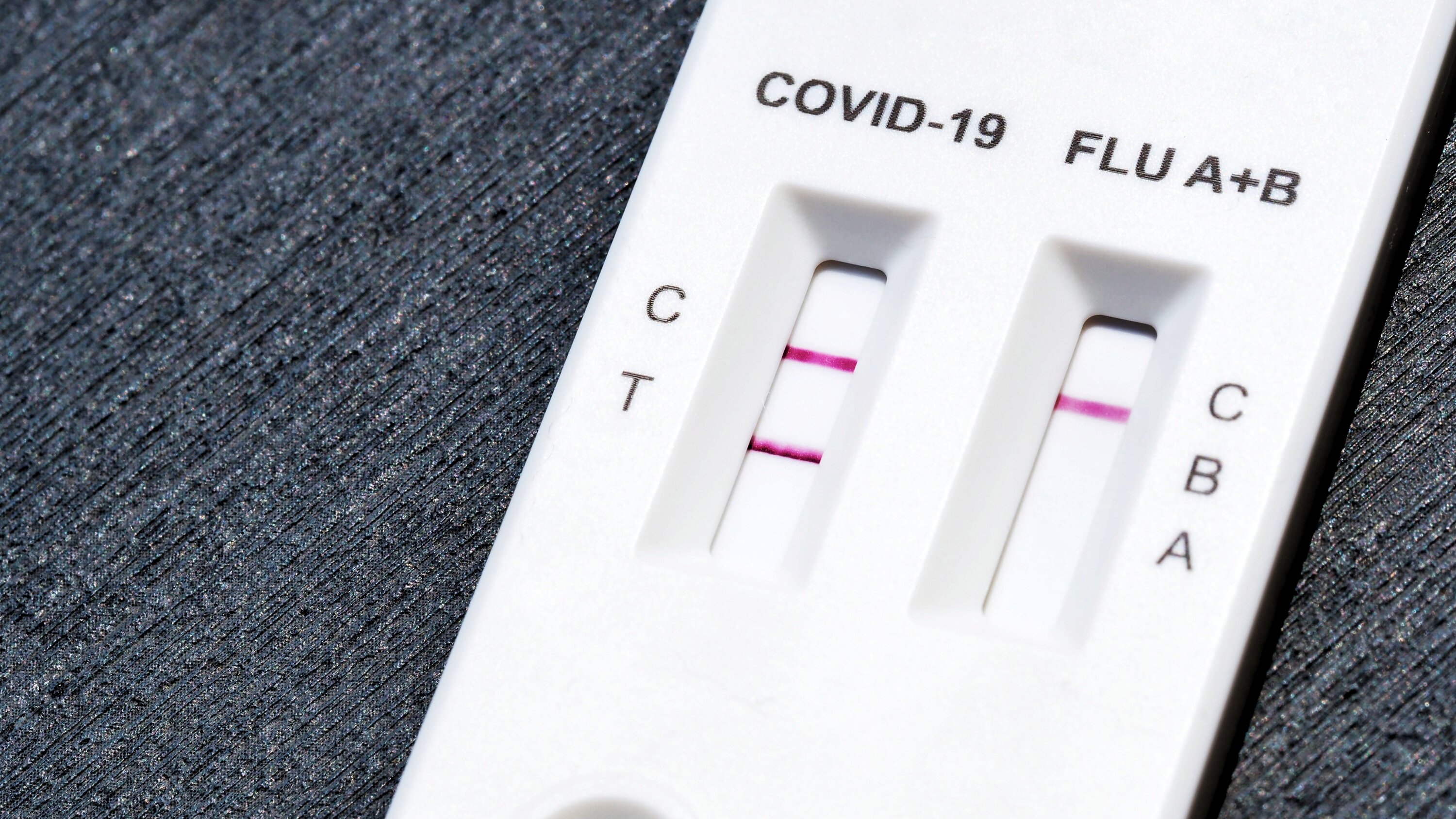
In conclusion, the phenomenon of fake COVID results poses a significant threat to public health and safety during the ongoing pandemic. Through a combination of enhanced verification procedures, increased security features, collaboration with law enforcement, and public awareness campaigns, efforts are being made to combat this issue effectively. However, ongoing challenges and the dynamic nature of the pandemic require continuous vigilance and adaptation to ensure the integrity of testing procedures and protect public health.
What are the consequences of using fake COVID results?
+Using fake COVID results can have severe consequences. Firstly, it poses a risk to public health, as individuals may unknowingly spread the virus. Additionally, legal repercussions can include fines, imprisonment, and travel bans. It is crucial to obtain legitimate test results to ensure the safety and well-being of oneself and others.
How can I verify the authenticity of my COVID test result?
+To verify the authenticity of your COVID test result, you should check for security features such as holograms, unique codes, or QR codes. Contact the testing center or laboratory that issued the result to confirm its validity. Additionally, some countries have implemented official verification platforms or apps that can be used to check the authenticity of test results.
Are there any online platforms that offer legitimate COVID testing services?
+While there are legitimate online platforms that offer COVID testing services, it is essential to exercise caution. Look for platforms that are officially authorized by health authorities or have a strong reputation. Always verify the platform’s authenticity and ensure that your personal information and test results are securely handled.
